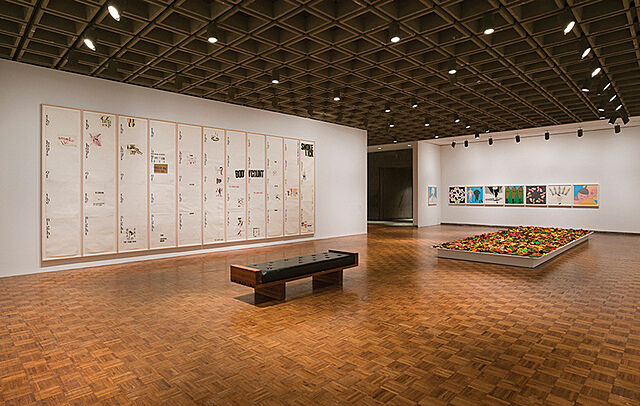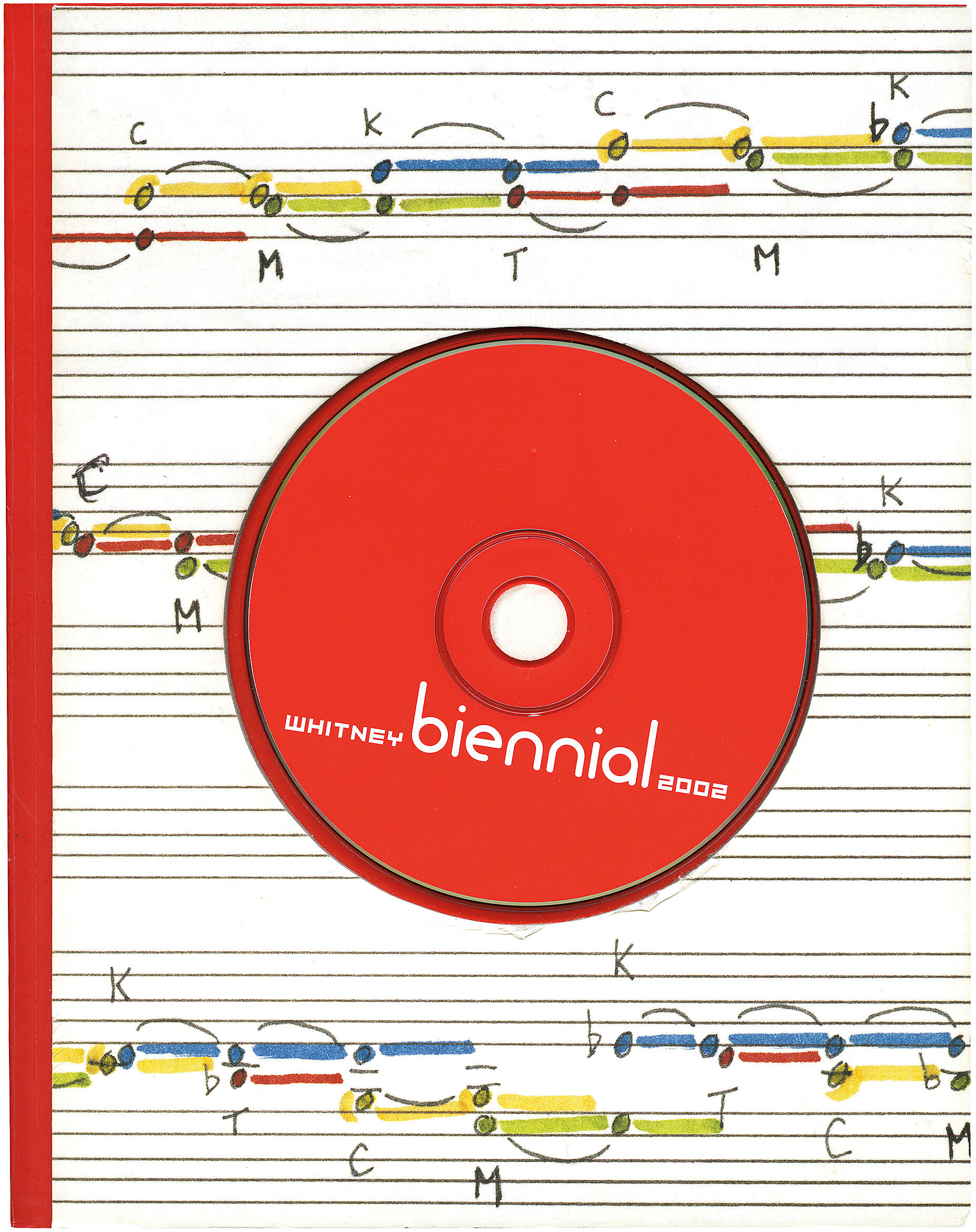Yun-Fei Ji
1963–
Introduction
Yun-Fei Ji (Chinese: 季云飞; pinyin: Jì Yúnfēi; born 1963) is a Chinese-American painter who lives in New York City and Philadelphia. His art synthesizes old and new representational modes, subverting the classical idealism of centuries-old Chinese scroll and landscape painting traditions to tell contemporary stories of survival amid ecological and social disruption. He employs metaphor, symbolic allusion and devices such as caricature and the grotesque to create tumultuous, Kafka-esque worlds that writers suggest address two cultural revolutions: the first, Communist one and its spiritual repercussions, and a broader capitalist one driven by industrialization and its effects, both in China and the U.S. ARTnews critic Lilly Wei wrote, "Ancestral ghosts and skeletons appear frequently in Ji’s iconography; his work is infused with the supernatural and the folkloric as well as the documentary as he records with fierce, focused intensity the displacement and forced relocation of people, the disappearance of villages, and the environmental upheavals of massive projects like the controversial Three Gorges Dam."
Institutions that Ji has exhibited in included the Museum of Modern Art (MoMA), S.M.A.K. (Ghent), the Whitney Museum, Brooklyn Museum and New Museum, among others. He been awarded the American Academy in Rome Prize, and his work belongs to the art collections of MoMA, the Metropolitan Museum of Art, British Museum, Whitney Museum and Philadelphia Museum of Art.
He is represnted by James Cohan Gallery in New York City.
Wikidata identifier
Q8061172
Information from Wikipedia, made available under the Creative Commons Attribution-ShareAlike License . Accessed January 2, 2026.
Country of birth
China
Roles
Artist, painter
ULAN identifier
500330313
Names
Yun-fei Ji, Yun- Fei Ji, Ji Yun-fei, Yun-Fei Ji, 季雲飛
Information from the Getty Research Institute's Union List of Artist Names ® (ULAN), made available under the ODC Attribution License. Accessed January 2, 2026.


